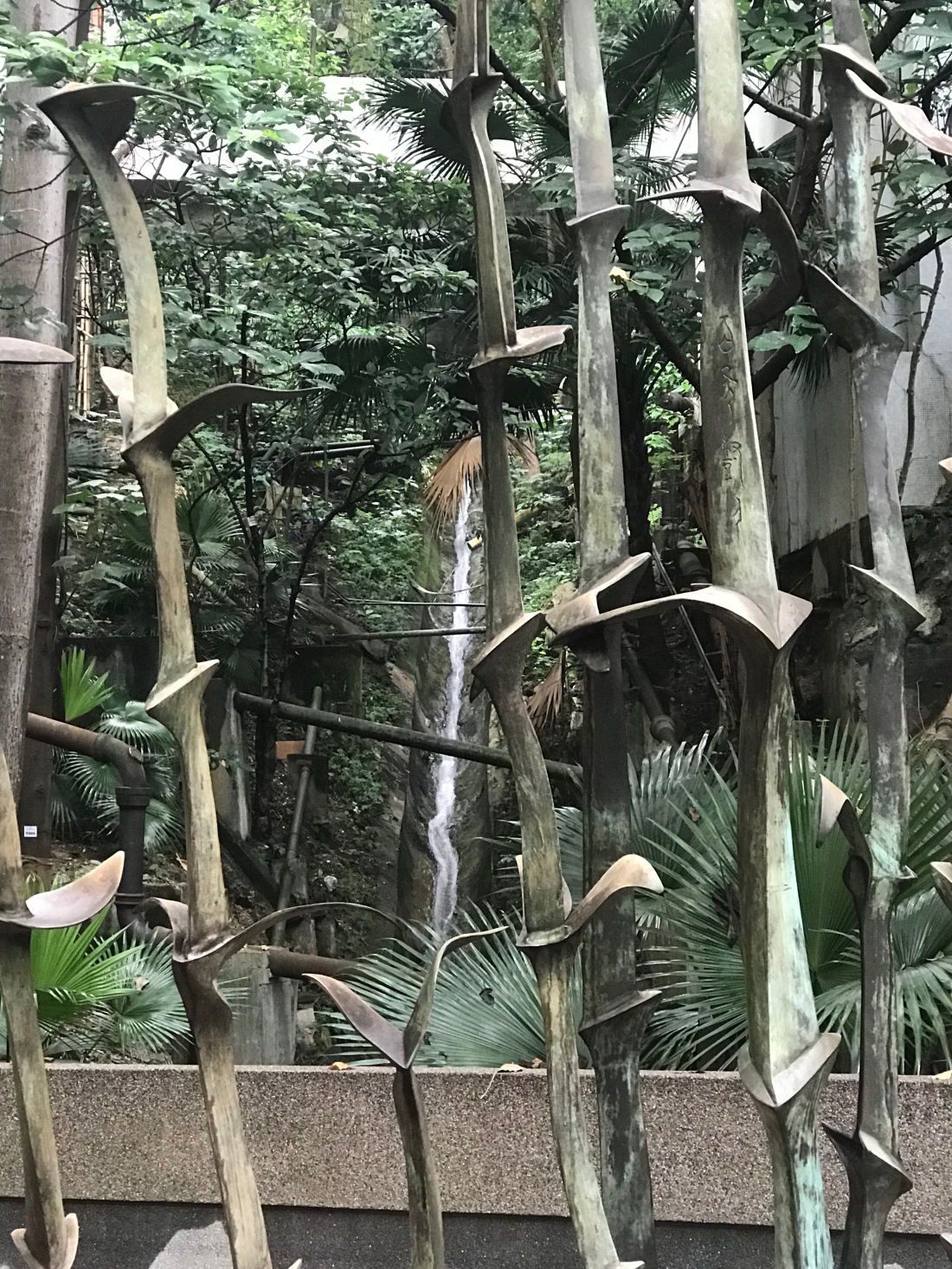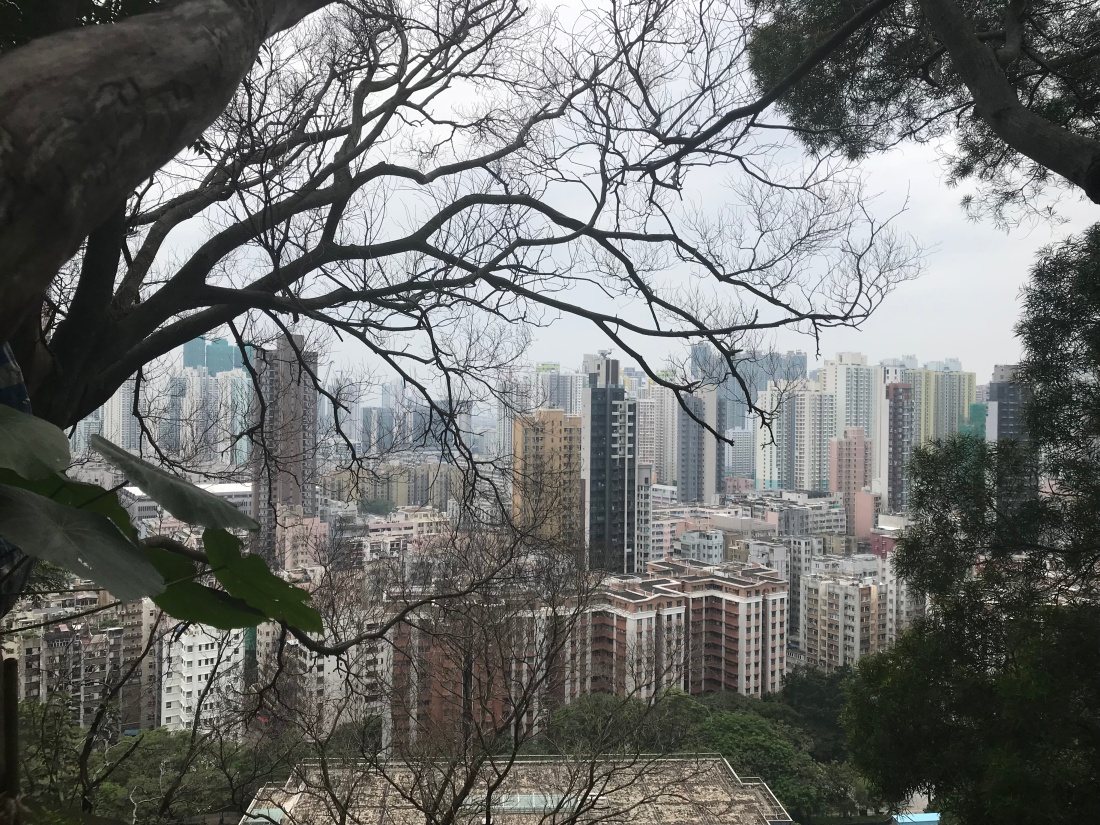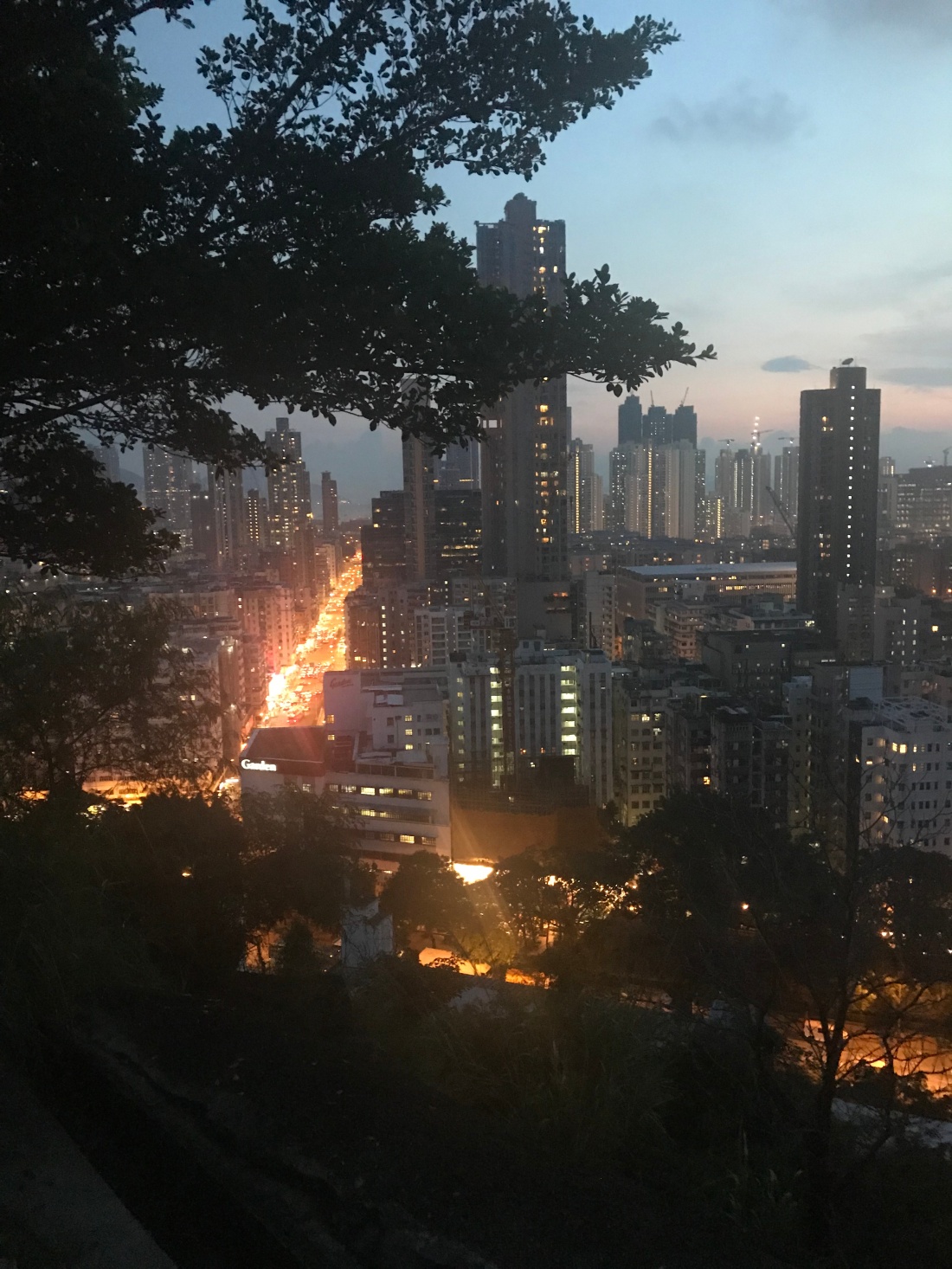After an amazing week and a half in Indonesia the field school attended a three day APRU (Association of Pacific Rim Universities) conference hosted at Hong Kong University. The conference pulled together academics from 45 universities across 17 countries who formed working groups to progress papers in relation to current issues of landscape architecture and sustainability.

I was fortunate to sit in on a group comprising lecturers and professors from the United States, Japan, China and Hong Kong. The topic of the paper they are producing is urban renewable energies, and in particular they were interested in the “pathways” taken by societies to achieve a low carbon emitting environment. Through case studies the group hopes to identify triggers and subsequent actions that result in use of renewable energies in the urban environment and to identify processes that could accelerate the transition. They were testing the hypothesis that the best approach to this achieving this outcome was to mobilise citizens facilitating change through a “bottom up” scenario. It was a real pleasure to sit in on the origin of a paper that the group hopes to develop into a published book chapter or journal article. I look forward to following the outcome of this process.
As part of the conference I did have the opportunity to visit the Zero Carbon Building (ZCB) in Hong Kong. The ZCB was a demonstration of a building that consumes more carbon than it produces through use of solar energy, passive climate controls and conversion of biofuels. While inspiring to see the possibilities the building did seem out of place as a single story building in Hong Kong city full of high rise complexes. ZCB achieves its goals for carbon emissions and serves as an educational instrument, it also has a beautiful city park attached. It would be nice if the ZCB became a model for public buildings such as art galleries, museums and libraries.
Finally I did have some time for self exploration of Hong Kong. Staying in a very built up part of the city I was drawn to any green public space and it reminded me of my first two nights staying in Jakarta; and the lessons that city could gain from Hong Kong’s use of pocket parks and green roofs and walls. A HKU student told me the pocket parks don’t get used as much as they might due to stifling humidity and stillness of air in these zones, more popular was climbing the hills and taking in views over the city. It was evident many green roofs and gardens were food producing spaces improving residents connection to growing their own food.


I had a wonderful time during this two weeks; saw and learnt so much about sustainability in south-east Asia that has definitely changed my outlook on urban landscape environments in the 21st century Anthropocene era. I would like to thank the organisers from APRU, HKU and UNSW for providing this opportunity. Most importantly my fellow students from Indonesia, USA, Nepal, South Africa, Phillipines, Korea, China and Australia that all made the tour so enjoyable – I have learnt so much and thoroughly enjoyed my time with all of you.








